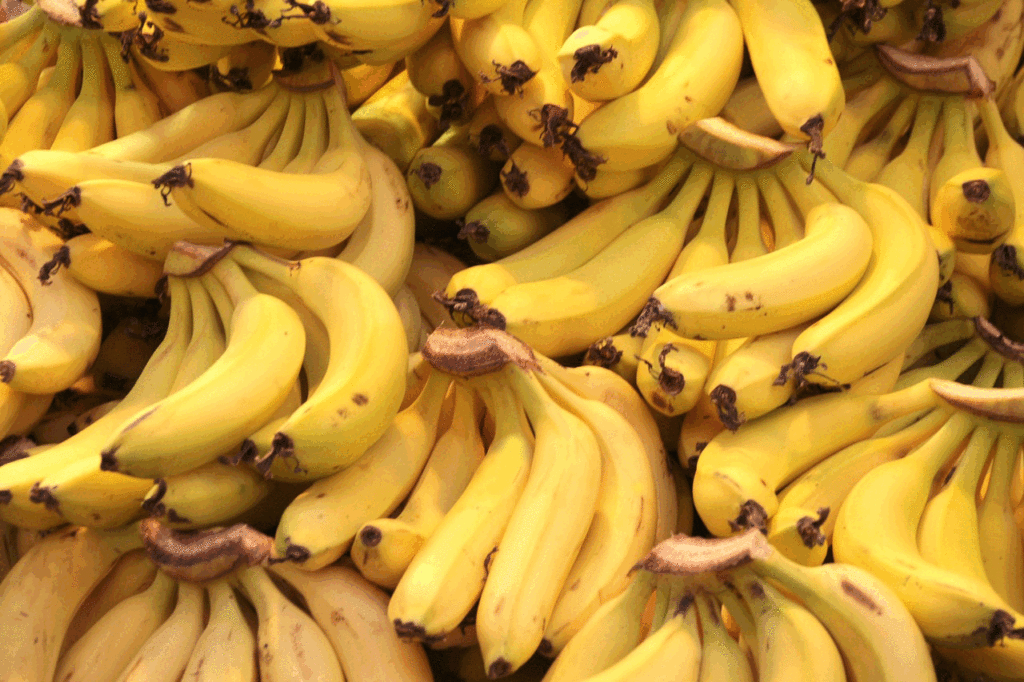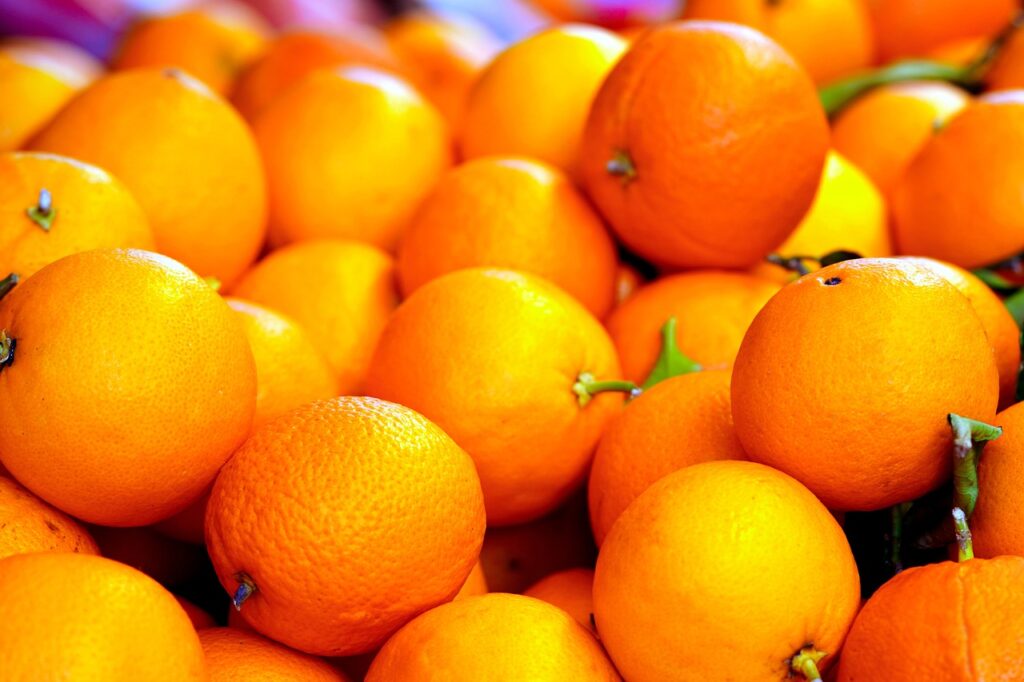São Paulo, Brazil. The National Supply Company (Conab), a Brazilian federal public institution, has shed light on the outlook for fruit and vegetable prices in the country, highlighting a downward trend in products such as potatoes, bananas, oranges and watermelons, according to its most recent survey.

A look at Conab's latest report
The Supply Centers (Ceasas) from Brazil have witnessed a notable decrease in the prices of popular products such as bananas, oranges and watermelons. The greatest reduction has been observed in Santa Catarina, where incredibly prices have fallen by a 25.1% compared to March. This phenomenon, according to Conab, has been driven by a lower demand for potatoes and a significant increase in the supply of bananas, especially the dwarf variety from several regions. from the country.
The Conab anticipates a continuation of this downward trend in banana prices, as a bumper crop is expected around mid-June. This increase in supply has also put pressure on silver banana prices, although projections for this market remain more favorable than for potatoes.
Onion and tomato
The prices of the onion have been steadily rising since October last year, except for a brief dip in January. As the harvest season in Santa Catarina came to an end, supply began to flow from states such as Goiás, Minas Gerais and Bahia starting in May. According to the Conab this decentralization of supply generally leads to lower prices due to lower transportation costs.
As for tomato, despite the increase in the quantity shipped to wholesalers in April compared to the previous month, prices remained high. This phenomenon is also attributed to out-of-season production, similar to what was observed with onions. Furthermore, the transition from summer to winter harvest has not yet managed to balance supply and demand.
Climatic factors and their influence
The reduction in prices of orange and watermelon is closely linked to weather phenomena, as demand tends to decrease during colder days. However, other fruits and vegetables have experienced price increases due to various factors, such as the rains that affected the supply of lettuce and caused a decrease in shipments of carrots from Minas Gerais.
Balance sheet and projections
Despite these fluctuations, Conab's annual report on fruit and vegetable sales in 2023 yields encouraging results. The sector moved a total of 17.4 million tons of horticultural products, generating sales worth R$ 66.7 billion (about USD 12.5 billion). This represents an increase of 4.73% in the quantity sold and 9.6% in the value traded compared to the previous year.
While southern regions have experienced a reduction in volume sold and value traded, attributed to adverse weather effects, other regions of the country have recorded increases in both quantity sold and value traded, indicating an general positive trend in the fruit and vegetable market of Brazil.
In summary, although some products have experienced significant price declines, the market as a whole shows signs of strength and growth, reflecting the ever-changing dynamics of Brazilian agricultural production.



